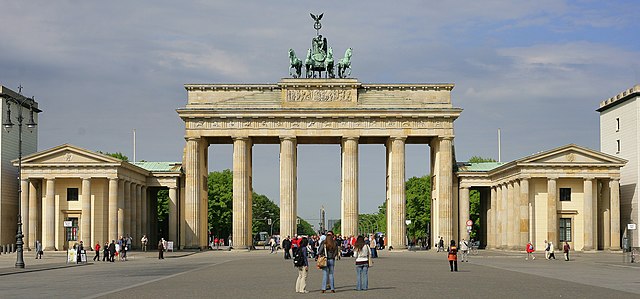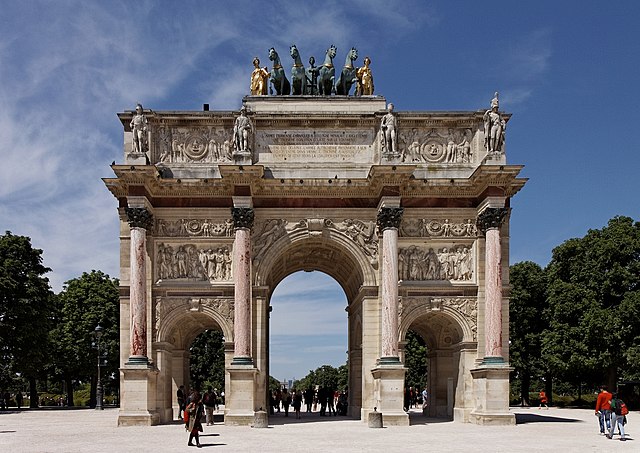Claude-Nicolas Ledoux was one of the earliest exponents of French Neoclassical architecture. He used his knowledge of architectural theory to design not only domestic architecture but also town planning; as a consequence of his visionary plan for the Ideal City of Chaux, he became known as a utopian. His greatest works were funded by the French monarchy and came to be perceived as symbols of the Ancien Régime rather than Utopia. The French Revolution hampered his career; much of his work was destroyed in the nineteenth century. In 1804, he published a collection of his designs under the title L'Architecture considérée sous le rapport de l'art, des mœurs et de la législation. In this book he took the opportunity of revising his earlier designs, making them more rigorously neoclassical and up to date. This revision has distorted an accurate assessment of his role in the evolution of Neoclassical architecture. His most ambitious work was the uncompleted Royal Saltworks at Arc-et-Senans, an idealistic and visionary town showing many examples of architecture parlante. Conversely his works and commissions also included the more mundane and everyday architecture such as approximately sixty elaborate tollgates around Paris in the Wall of the General Tax Farm.

Ledoux by Martin Drolling, 1790
Project for the ideal city of Chaux: House of supervisors of the source of the Loue. Published in 1804.
Château de Mauperthuis, 1763 (demolished)
Hôtel d'Hallwyll, Paris, 1766. Elevation of the facade on the rue Michel-le-Comte.
Neoclassical architecture
Neoclassical architecture, sometimes referred to as Classical Revival architecture, is an architectural style produced by the Neoclassical movement that began in the mid-18th century in Italy, France and Germany. It became one of the most prominent architectural styles in the Western world. The prevailing styles of architecture in most of Europe for the previous two centuries, Renaissance architecture and Baroque architecture, already represented partial revivals of the Classical architecture of ancient Rome and ancient Greek architecture, but the Neoclassical movement aimed to strip away the excesses of Late Baroque and return to a purer, more complete, and more authentic classical style, adapted to modern purposes.
Image: West facade of Petit Trianon 002
Image: Berlin Brandenburg Gate overwiev
Image: Paris Jardin des Tuileries Arc de Triomphe du Carrousel PA00085992 003
The Basilica Palladiana at Vicenza in Veneto, Italy








